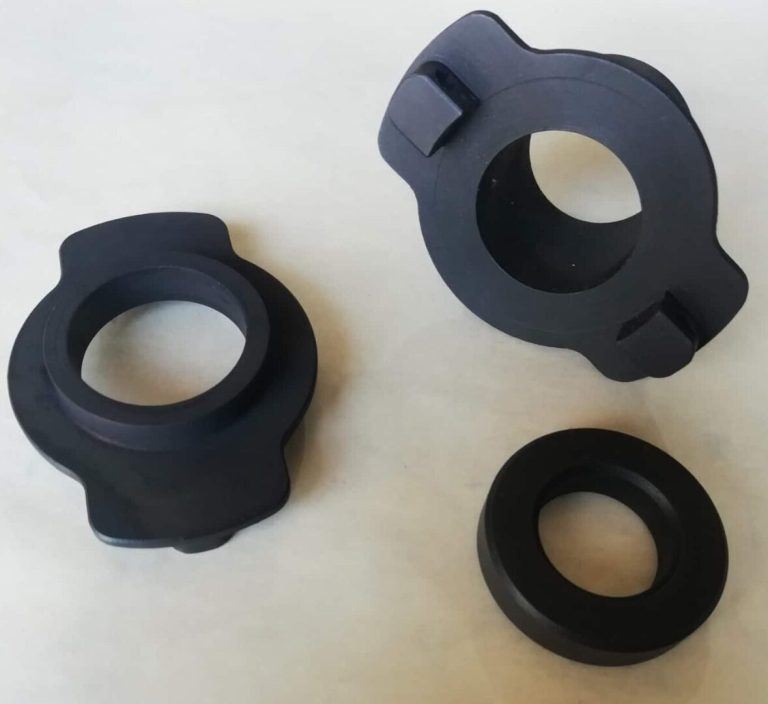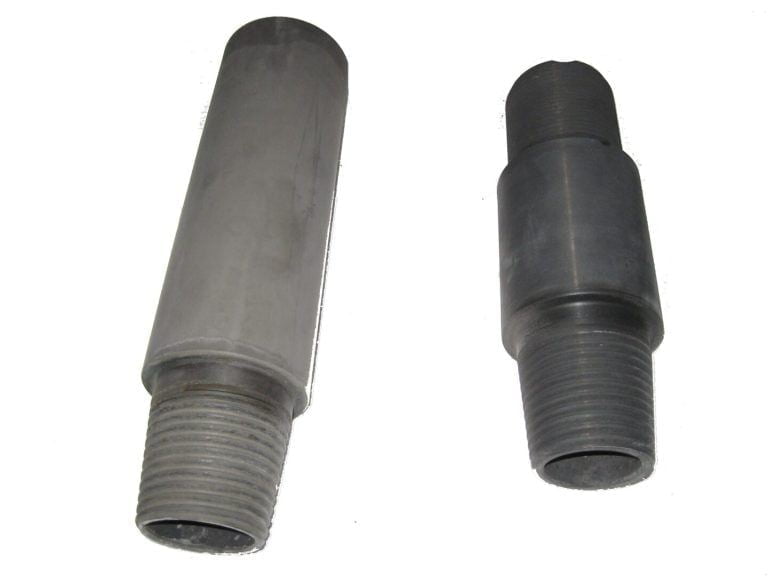Metal Phosphating
Our Technical Capabilities for Phosphating
Sizes of Processed Parts:
– Rings, gear wheels, drilling locks, flanges, etc., with a diameter of up to 500mm;
– Shafts, extensions, studs, etc., with a length of up to 600mm;
Weight of processed parts – up to 100kg
Sizes of Processed Parts:
– Rings, gear wheels, drilling locks, flanges, etc., with a diameter of up to 500mm;
– Shafts, extensions, studs, etc., with a length of up to 600mm;
Weight of processed parts – up to 100kg
Purpose of Phosphating
Surface phosphating of iron alloys changes the state of the surface and enhances:
- Friction Reduction Properties: Improves anti-friction characteristics of the metal.
- Electrical Insulation Properties: Enhances the electrical insulation properties of the metal.
- Anti-Galling Properties: Increases the resistance to galling or seizing of the metal.
- Paint Adhesion: Improves surface adhesion for painting.
- Corrosion Resistance: Enhances the corrosion resistance of the material.
Phosphating is carried out in a solution of primary metal phosphates, usually iron, manganese, or zinc, in water at temperatures ranging from 86°C to 98°C for 40-80 minutes, depending on the metal being processed.
Phosphating is used to apply phosphate coatings to metallic products to impart additional corrosion protection, electrical insulation properties, and as a primer for further painting processes, as the phosphate layer has excellent adhesion to the surfaces of the processed items.
The phosphating layer is well-regarded for rust protection.
In practice, there are hot and cold phosphating methods:
- Hot Phosphating: Used for protective coatings on machine parts and other industrial applications.
- Cold Phosphating: Suitable for treating parts using spray methods or when heating the parts is undesirable. Coatings obtained from cold solutions are amorphous and suitable only as a primer for painting.
To achieve a high-quality, uniform phosphate coating, parts must be thoroughly cleaned, degreased, and free from dust and dirt. The surfaces can also be treated with sandblasting or shot blasting equipment. With proper cleaning, a dense coating layer of 5-10 µm is formed on the parts.
MAIN STAGES OF MANUFACTURING PARTS SUBJECT TO PHOSPHATIZING
- Rough mechanical processing.
- Preliminary heat treatment of the metal (known as thermo-enhancement), including two operations – hardening and tempering. This treatment ensures high toughness and strength of the core of the part. Steel hardening is carried out at high temperatures (850-950˚C) followed by cooling in oil or water. Tempering temperature depends on the requirements for the parts.
- Final mechanical processing of the part, including metal grinding. These operations are necessary to ensure that the part has the required (final) geometric parameters.
- Surface preparation. Degreasing with organic solvents promotes the formation of fine-grained coatings, while the use of strongly alkaline degreasing or etching leads to the formation of coarse, large grains.
- Protection of metal surface parts that should not be subjected to phosphating. This is achieved by coating with liquid glass or tin plating, applied to a thickness of no more than 0.015 millimeters on the workpiece using electrolytic technology.
- Direct application of the phosphate coating – phosphating.
Phosphating of Metal
– is the process of forming a protective layer on a metal surface, typically consisting of metal phosphates such as zinc, manganese, iron, or calcium. This layer is created through a chemical reaction between the metal surface and a phosphate solution, which is applied to the metal by immersion, spraying, or brushing. Phosphating of metal has several functions:- Firstly, it improves the adhesion of paint and other coatings, providing a more durable and aesthetically pleasing finish.
- Secondly, phosphating creates a protective layer on the surface that prevents corrosion and wear of the metal, especially in conditions of high humidity or aggressive environments.
- Thirdly, phosphating can serve as a base coating before additional treatments, such as the application of iron phosphate or powder coating.



